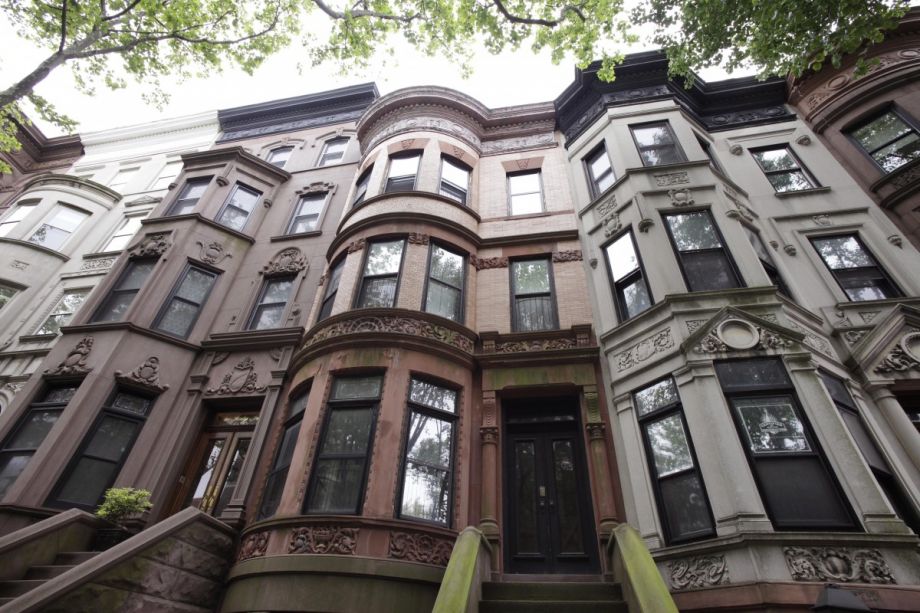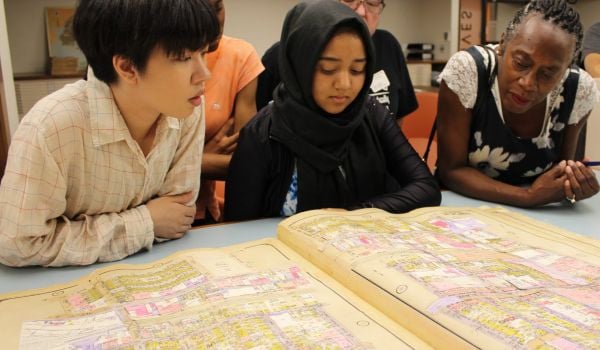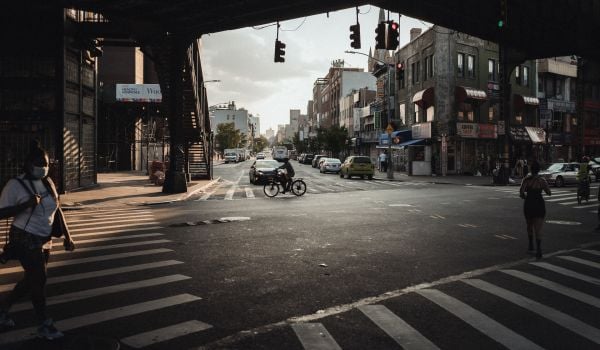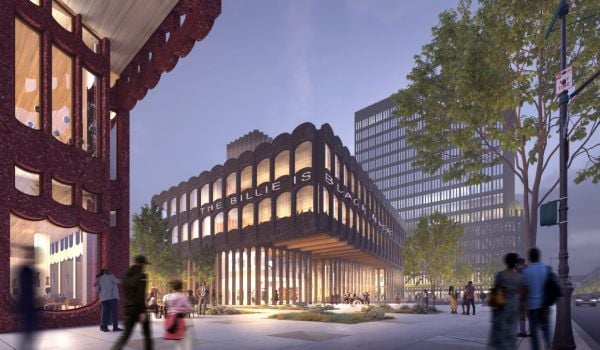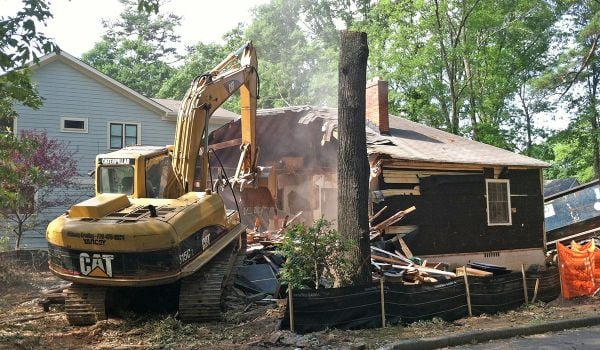New York City Comptroller Scott Stringer has always been known to have the wonkiest staff of any city politician – he is the only major politician, for example, to acknowledge the unjustifiably high cost of New York City subway construction – and his office’s report on housing affordability in America’s largest city does not disappoint.
Titled The Growing Gap: New York City’s Housing Affordability Challenge, the report delves into the city’s skyrocketting rents, pushing wealthy newcomers deeper into Brooklyn, Queens and Upper Manhattan, and pushing poorer immigrants to the city’s semi-suburban fringes.
The headline numbers are grim. Median apartment rents in the city rose 75 percent from 2000 to 2012, the period studied in the report and roughly coincident with Mayor Bloomberg’s term, compared to 44 percent for the rest of the country (which is itself higher than the approximately 33 percent inflation over the same period). The median rent in 2012 was $1,100 a month, a number that, like all of those in the report, is inclusive of all units in the city, including ones that are rent stabilized, in public housing complexes, and in neighborhoods where big commercial brokerages do not tread. This is a welcome break from the data collected by brokerages that leads to absurd and misleading headline, like one from the Daily News that recently proclaimed Brooklyn’s average rent to be over $3,000 (in reality, even the average market rent in Brooklyn in 2011 was just over $1,300, though it’s probably risen by a hundred dollars or two since then).
But the report also includes some more subtle data, including these eight facts about housing affordability in New York City.
1. Rents grew fastest in Brooklyn
The stereotypes are true: Brooklyn’s increased desirability has led it to become the borough with the fastest-increasing rents. Average monthly rents rose by 77 percent during the Bloomberg years, besting the 65 percent growth in Manhattan and the Bronx.
2. Owner-occupied housing prices are growing even faster
Most New Yorkers are renters, but for those who own condos, co-ops (essentially like a condo that you can’t sell to a Russian oligarch) and single-family houses, housing costs have risen even more. Good for those who already own property, bad for those looking to buy. Quoth the report:
Between 2000 and 2012 the average New York City owner-occupied home rose in value by 128 percent, compared to a 91 percent increase in overall New York metro area home values and to a 58 percent increase in the rest of the United States.
3. City rents are closing in on suburban rents
The report’s authors write:
At the turn of the century, rents in New York City with the exception of Manhattan were generally lower than rents in the surrounding parts of the metropolitan area. That was still true in 2012, but average rent growth of 69 percent in the outer boroughs closed the gap with many surrounding areas. […] Insofar as all of the metropolitan area counties serve, with a greater or lesser degree of commuting convenience, a common labor market, the relative rise of rents in the boroughs indicates some shift in residential preferences towards city living.”
4. There are still a lot of surprisingly cheap apartments in New York
While the number of cheap apartments is on the decline, there are still a surprising number of renters who pay very little, even by national standards. Nearly half of all apartments in the city in 2012 went for $1,000 a month or less, with 20 percent going for $600 or less. Perhaps most shockingly, according to a 2011 study, only 55 percent of apartments renting for $500 or less were in public housing or government-assisted housing developments, with the rest in unsubsidized private rentals. You cannot, of course, get most of them, with the majority of the remaining 45 percent likely being rent stabilized and occupied by long-term tenants in the poorer parts of the Bronx and Brooklyn. (The survey may, however, have slightly underestimated the number of cheap apartments, since illegal basement and accessory units in suburban outer borough neighborhoods tend to be among the cheapest, and least likely to be counted by official measures.)
The number of cheap apartments is falling though. After adjusting for inflation, the number of units renting in every price band below $1,000 fell, while the distribution of apartments in the four-digit bands rose, with the $1,201-$1,400 range seeing the largest growth (100,000 new units), and the $601-$800 tier seeing the steepest decline (nearly a quarter of a million apartments).
5. Rent regulation is most important in Manhattan, least important in the Bronx
New York City has a complex system of rent regulation, dominated by the rent stabilization program for buildings with six or more units erected before 1974. An earlier study found that “rent regulations reduced monthly rents by an average of $458 in regulated apartments in 2008, […] with an average effect ranging from $829 per month in Manhattan to $195 per month in the Bronx.”
6. The shelter population has skyrocketed
On the different but related issue of homelessness, the city was in worse shape when Bloomberg left office than when he entered. When he was sworn in in January 2002, the city’s shelter population was 31,063. Last month, the number of people living in homeless shelters was 52,267, including over 22,000 children. “These historic highs in homelessness,” write the report’s authors, “are not part of a nationwide trend.”
7. Gentrification is not the (main) reason for rising rents
The number of rich people in the city is growing, but not nearly as fast as housing costs:
The neighborhood data suggests that there is a positive correlation between the increase in the number of middle- and high-income households residing in a neighborhood and the reate of increase in real average rents. However, ever New York City neighborhood that saw a decrease in the number of households earning $100,000 or more nevertheless experienced an increase in real average rents between 2000 and 2012, ranging from 7 percent (Upper East Side) to 40 percent (Mott Haven/Hunts Point [in the Bronx]). No New York City sub-borough area witnessed a decrease in real average rents during the 12-year period. The implication is that while gentrification may have played a role in raising rent levels in some neighborhoods, there were other factors at work that were putting pressure on rent levels citywide.
8. The Upper East Side is losing well-off people
Yes, you read that last blockquote right – the Upper East Side actually lost households making more than $100,000 a year, putting it in the same category as far-flung outer borough neighborhoods like Flushing and Rosedale in Queens, or East Flatbush in Brooklyn, that are experiencing inflows of poorer, often foreign-born residents. This could be due to the fact that Brooklyn and other Manhattan neighborhoods, especially those downtown like Tribeca and the East Village, are attracting more of the wealthy people who, in past decades, would have clung to the Upper East Side. It could also be due to a trend towards larger homes, with very wealthy people snapping up brownstones that had been converted into apartments, or small condos and co-ops in big buildings, and combining them to yield townhouses and larger apartments, resulting in a lower number of wealthy people occupying the same amount of space.
The whole report is less than 30 pages long and is reasonably accessible to laymen. It can be downloaded as a PDF here.
The Works is made possible with the support of the Surdna Foundation.
Stephen J. Smith is a reporter based in New York. He has written about transportation, infrastructure and real estate for a variety of publications including New York Yimby, where he is currently an editor, Next City, City Lab and the New York Observer.


